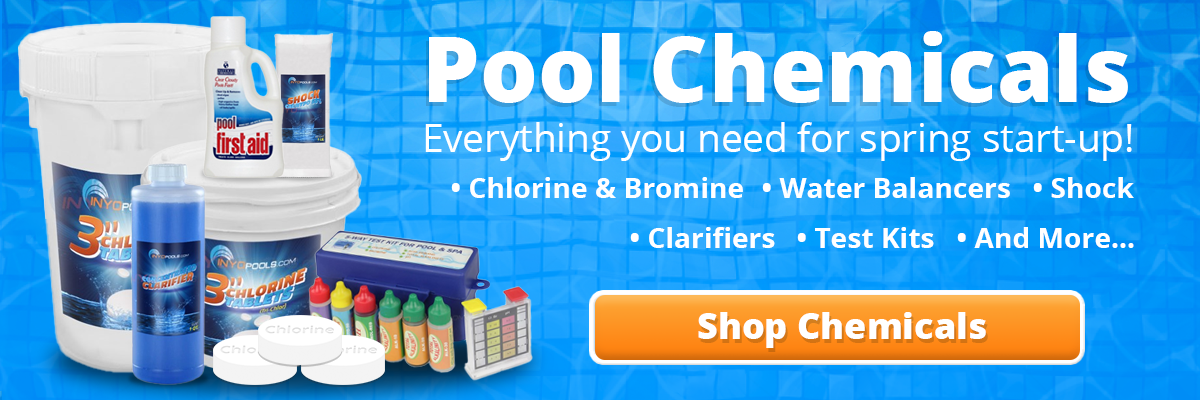Now we will focus on different ways to test the pool water. Testing the water accurately will ensure the proper readings which are essential to a chemically balanced pool. This guide will help you determine which method works best for you.
CLICK HERE FOR PART 1 How To Maintain A Swimming Pool Part 1 (Chemicals)
CLICK HERE FOR PART 3 How To Maintain A Swimming Pool Part 3 (Adjusting Chemicals)
Click Here to Our Full Selection of Pool Chemicals (Chlorine, pH & Alkalinity Adjuster, Stabilizer and More)
Click Here to View Our Water Chemistry Test Kit


InyoPools Product Specialist Dennis R. Posted: 7/21/2016
willliam robinson - In order to tell you how to balance the pH in your 50,000-gallon pool, we would need to know the current reading of your pool's pH. The optimum range for pH is between 7.2 and 7.8 ppm.Reply
willliam robinson Posted: 7/18/2016
I PURCHASED YOUR INEED TO KNOW IS HOW MUCH OF THE PH SHOULD USE TO GET THE RESULTS THE POOL IS 50,000 GALS.WOULD LIKE TO KNOW
THANK YOU
Reply